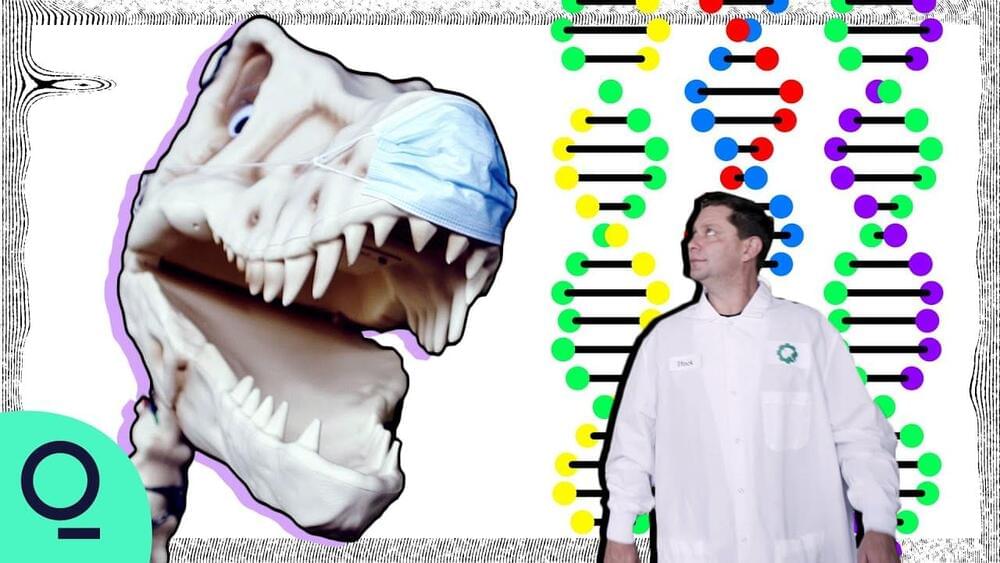Vertical Farming has come a long way since the original series was posted 3 years ago, and there have been many developments that are shaping the future of the industry. Whether it’s large scale plant factories, community urban farms, or even new types of farm, the size of vending machines, and even vertical farms at home, the way we grow is changing.
But it’s not just the way we grow, what we grow is also changing. Vertical Farms are adding new crop types like tomatoes, cucumbers, strawberries and many other types of fruits and vegetables, and this change has happened sooner than the original series projected.
But to really have a significant impact on the global challenges of climate change, food security and water security, we will have to grow energy intensive crops like wheat and rice in vertical farms.
Are we on track to meet this challenge, or is vertical farming struggling to improve its energy efficiency? Is vertical farming closer to changing the world?
Previous video in series: The Future Of Vertical Farming.
https://youtu.be/ESuzrY2abAw.
Is Solar Power The Future Of Energy?
Could combining solar panels plus farming be a viable solution to the growing demand for food production and energy demand? Let’s take a closer look at electrifying our crops (not literally electrifying crops) … well, adding solar to our farm land as well as some of the side benefits and challenges it creates.
Watch 28,000 Year Nuclear Waste Battery? Diamond Batteries Explained.
Video script and citations:
https://undecidedmf.com/episodes/solar-panels-plus-farming-a…-explained.
Follow-up podcast:
Video version — https://www.youtube.com/channel/UC4-aWB84Bupf5hxGqrwYqLA
Audio version — http://bit.ly/stilltbdfm.
Special thanks to BayWa and GroenLeven for some of the video footage and photography.
Facebook has announced some exciting connectivity technologies that will enable the company to provide access to fast and affordable internet service to the next billion people as well as enhance existing infrastructure projects.
The company said that Facebook Connectivity has helped provide quality internet connectivity to over 500M people since 2013. Now, the company aims to enable affordable, high-quality connectivity for another one billion people at less cost and with greater speed by leveraging emerging technologies.
Commenting on the new connectivity technologies during the unveiling, Dan Rabinovitsj, VP of Facebook Connectivity said: “We have seen that economies flourish when there is widely accessible internet for individuals and businesses.”
After raising almost $3 billion, Ginkgo Bioworks has built the world’s largest DNA factory in a bid to alter the code behind life and replace traditional manufacturing with biology.
#Science #HelloWorld #BloombergQuicktake.
——-
Like this video? Subscribe: https://www.youtube.com/Bloomberg?sub_confirmation=1
Become a Quicktake Member for exclusive perks: https://www.youtube.com/bloomberg/join.
QuickTake Originals is Bloomberg’s official premium video channel. We bring you insights and analysis from business, science, and technology experts who are shaping our future. We’re home to Hello World, Giant Leap, Storylines, and the series powering CityLab, Bloomberg Businessweek, Bloomberg Green, and much more.
Subscribe for business news, but not as you’ve known it: exclusive interviews, fascinating profiles, data-driven analysis, and the latest in tech innovation from around the world.
Visit our partner channel QuickTake News for breaking global news and insight in an instant.
Circa 2016 o.o!
Mars is the most likely planet to be visited by humans in the near future. A newly proposed propulsion system could deliver cargo to the red planet in just 30 minutes.
Circa 2018 o.o
Rockets with nuclear bombs for propulsion sounds like a Wile E. Coyote cartoon, but it has been seriously considered as an option for the space program. Chemical rockets combust a fuel with an oxidizer within themselves and exhaust the result out the back, causing the rocket to move in the opposite direction. What if instead, you used the higher energy density of nuclear fission by detonating nuclear bombs?
Detonating the bombs within a combustion chamber would destroy the vehicle so instead you’d do so from outside and behind. Each bomb would include a little propellant which would be thrown as plasma against the back of the vehicle, giving it a brief, but powerful push.
That’s just what a group of top physicists and engineers at General Atomic worked on between 1958 and 1965 under the name, Project Orion. They came close to doing nuclear testing a few times and did have success with smaller tests, exploding a series of chemical bombs which pushed a 270-pound craft up 185 feet as you’ll see below.
The first lunar rocks returned to Earth in more than 40 years show that the moon was volcanically active later than scientists thought.









